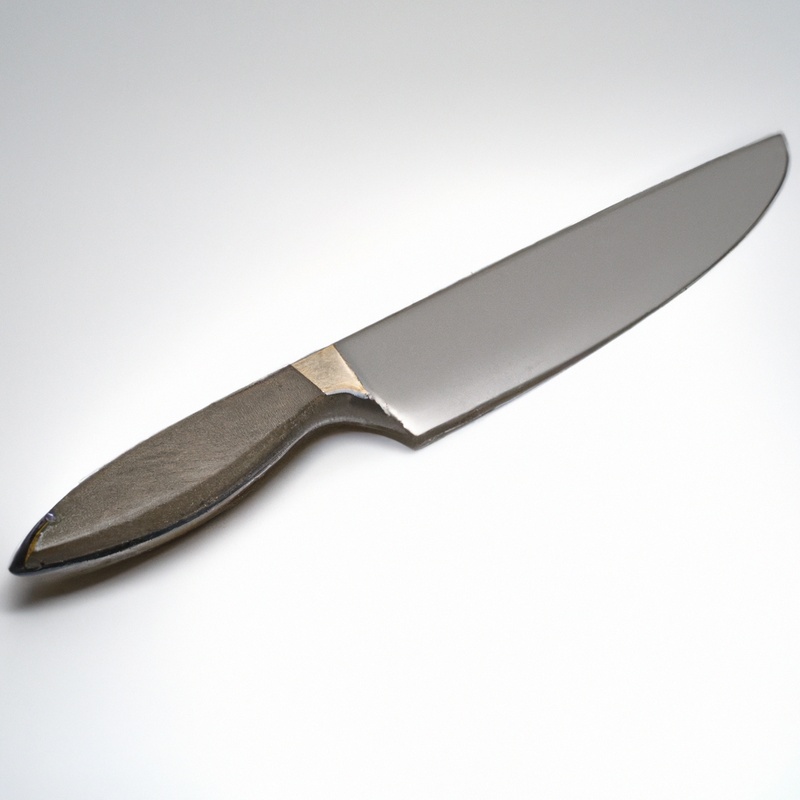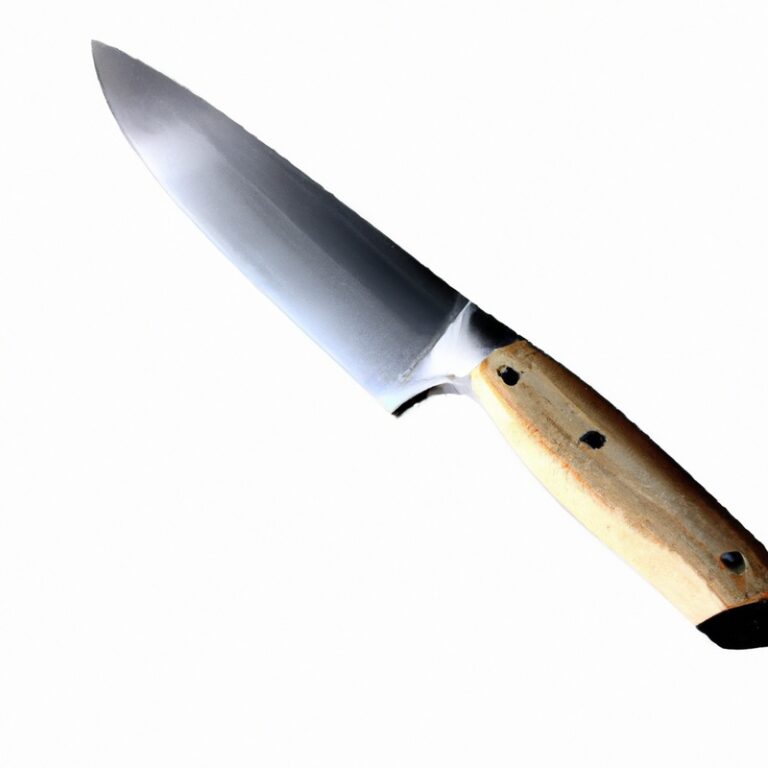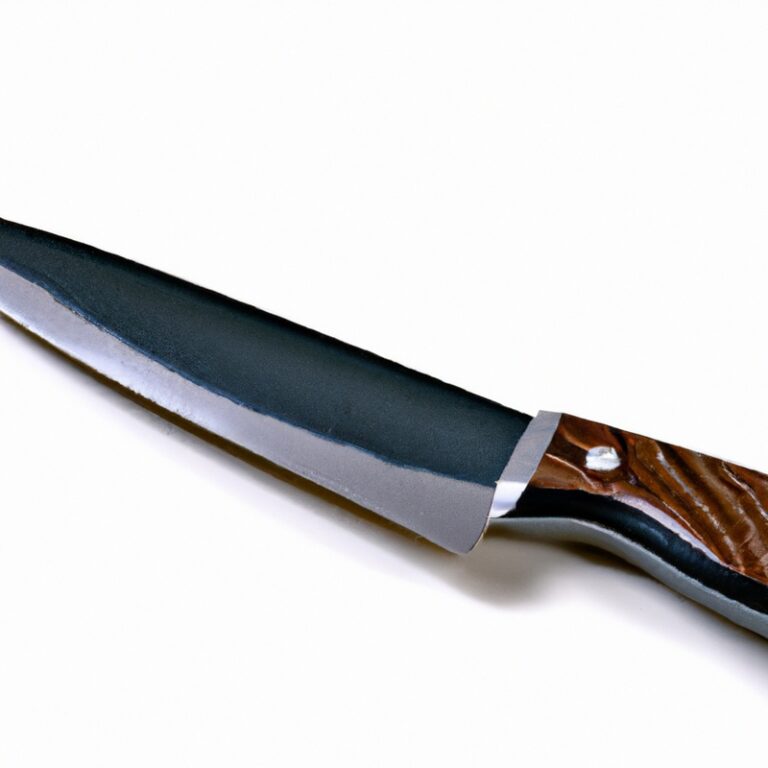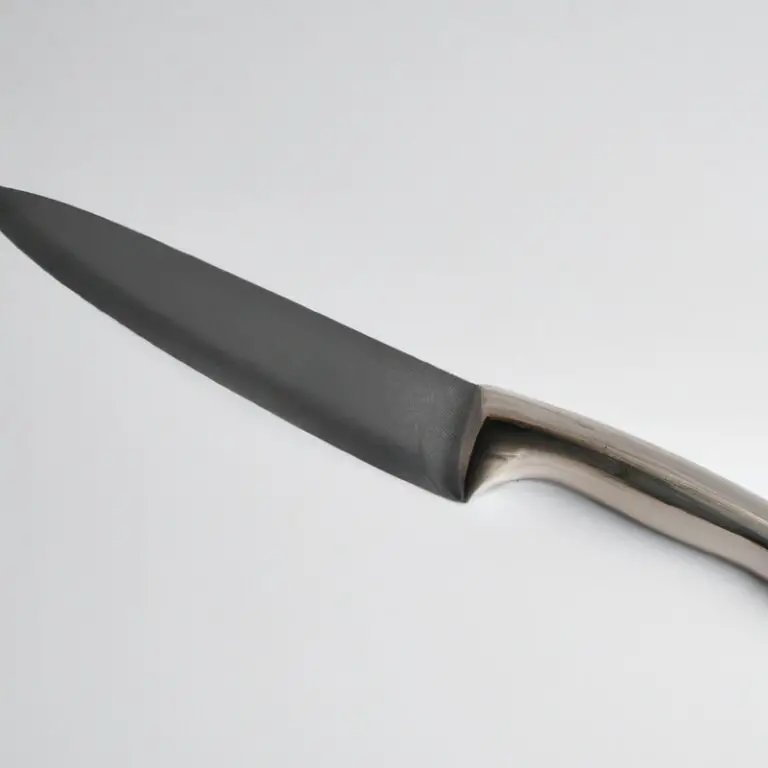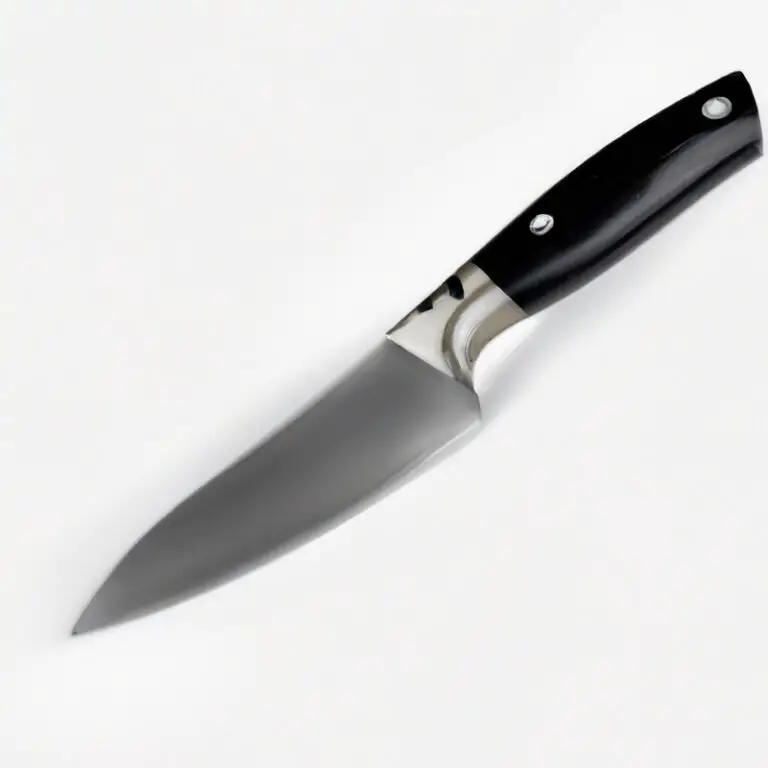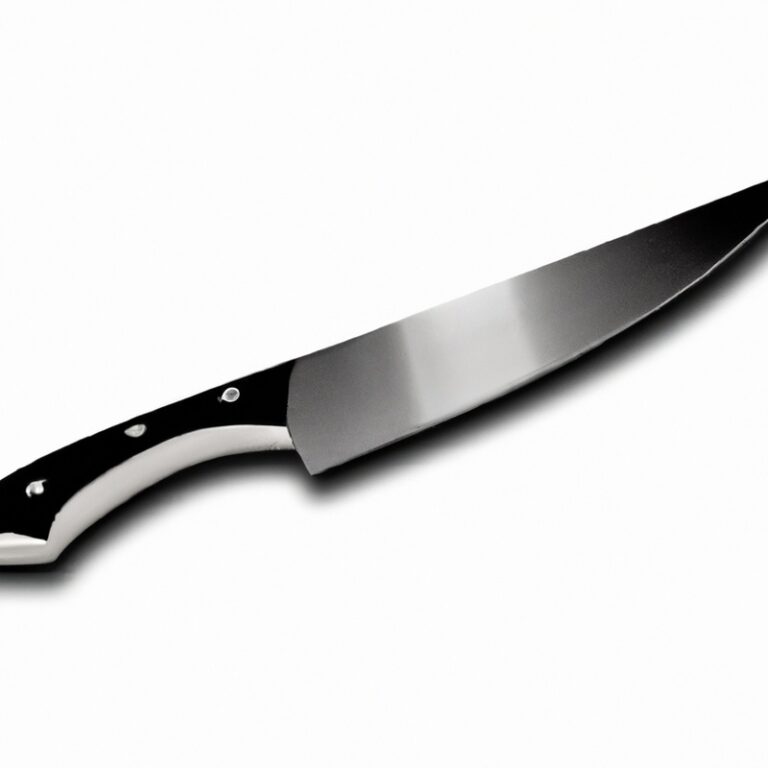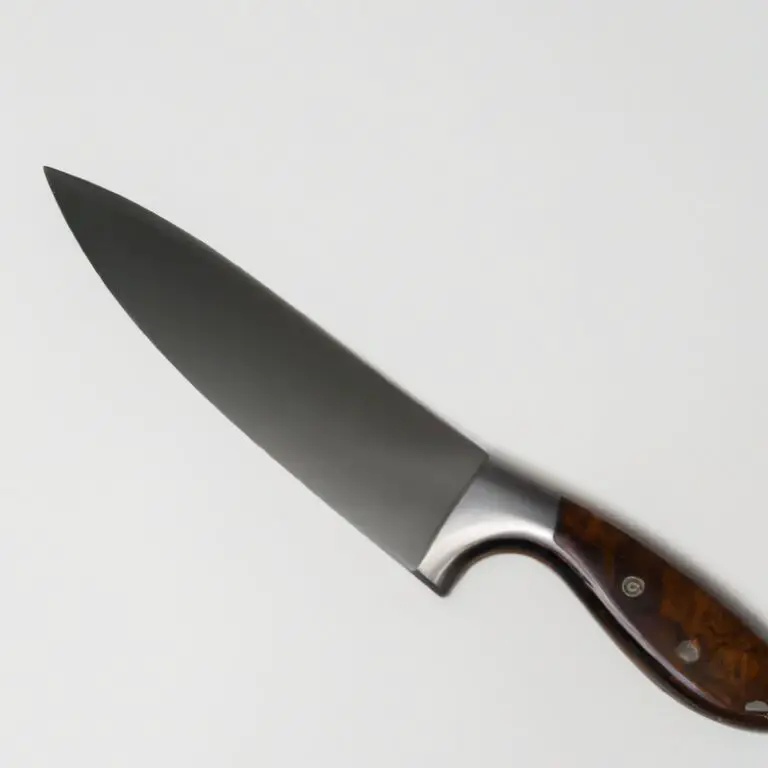How To Fillet a Red Drum Using a Fillet Knife? Expert Tips
Key Takeaways:
- Use a sharp fillet knife to remove the scales and slice along the backbone of the red drum.
- Cut the fillet away from the skin by sliding the blade under the flesh and gently cutting through the connective tissue.
- Proper technique and practice can improve your filleting skills and save you time in the kitchen.
- Ensure the fish is fresh and properly cleaned before beginning the filleting process for the best results.
Are you tired of buying pre-cut fish fillets that don’t taste as fresh as they could? Filleting your own fish can be a daunting task, but with the right approach and a quality fillet knife, it’s easier than you might think.
In this article, I’ll walk you through the steps for filleting a red drum using a fillet knife, from choosing the right knife to storing it properly after use.
With a little practice, you’ll be achieving restaurant-quality fillets right in your own kitchen. Plus, I’ll share some common mistakes to avoid along the way.
Let’s get started!
| Step | Instructions |
|---|---|
| Step 1 | Place the red drum on a stable cutting board and make sure it is properly scaled and gutted. |
| Step 2 | Insert the tip of the fillet knife behind the gills and make a cut down to the backbone of the fish. |
| Step 3 | Follow the backbone of the fish with the fillet knife, using long strokes and taking care not to cut through the rib bones. |
| Step 4 | Once you reach the rib cage, cut through the rib bones and continue to fillet the fish. |
| Step 5 | Repeat the same process on the other side of the fish. |
| Step 6 | Remove any remaining bones with fish pliers or tweezers and trim off any excess fat and skin. |
Choosing the right fillet knife for red drum
When it comes to choosing the right fillet knife for red drum, it’s important to consider the blade’s length, flexibility, and sharpness. A blade between 7-9 inches is ideal for most red drum sizes, allowing for precise cuts and easy maneuverability.
The blade should also be flexible enough to adapt to the fish’s natural curves while maintaining its rigidity for efficient cutting.
In terms of blade sharpness, a high-quality fillet knife with a sharp edge helps to maintain the fish’s texture and prevent it from tearing during filleting. Look for stainless steel or carbon steel blades as they’re durable and resist rust.
Lastly, a comfortable handle is a vital factor for reducing hand fatigue during prolonged use.
Opt for either a wooden or rubber handle with a non-slip grip for better control and comfort. Overall, choosing the right fillet knife for red drum can make a world of difference in producing restaurant-quality fillets at home.
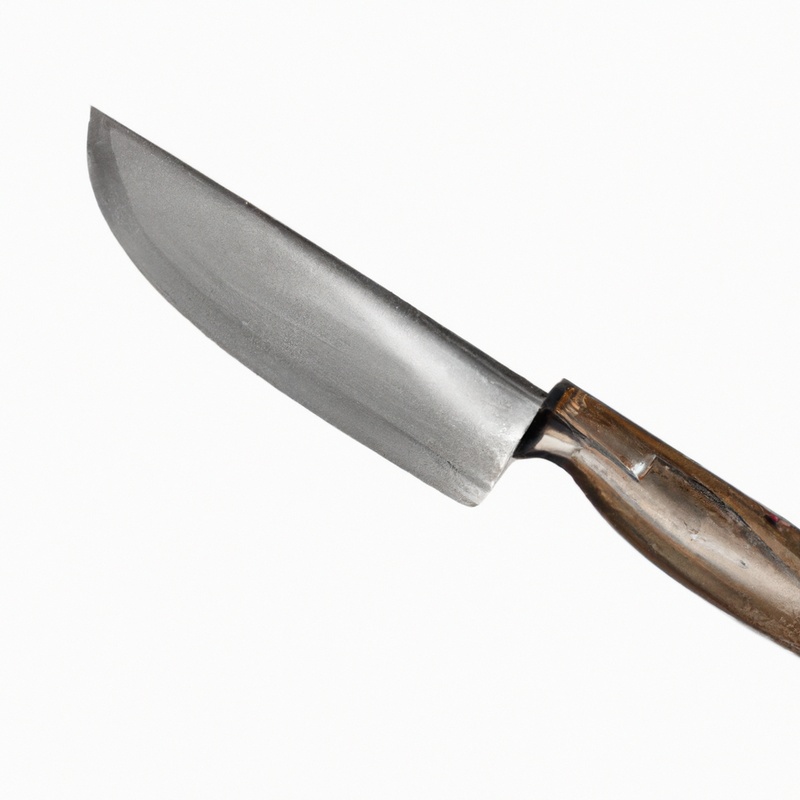
Preparing the red drum for filleting
Before filleting a red drum, it’s essential to prepare the fish properly. First, rinse the fish with clean water to remove any dirt or debris.
Then, use a sharp fillet knife to make a small incision behind the pectoral fin and another incision at the base of the head to remove the gills.
Next, slice the belly of the fish from the base of the head to the anus. Use your fingers to remove the guts, making sure to remove all of the entrails.
Rinse the cavity thoroughly with clean water and pat dry with a paper towel.
Once the red drum is properly cleaned, you can proceed to make the first cut along the spine to fillet the fish.
Making the first cut along the spine
To begin filleting a red drum, you must first make the first cut along the spine. Place the fish on a clean and flat surface with the belly facing downwards.
Secure the fish in place with one hand while holding the fillet knife with another.
Always ensure the knife is sharp before making any cuts. Starting from the head, place the knife’s tip close to the spine’s upper part and slice down towards the tail while gently pressing the blade against the backbone.
Make sure to cut through the fish until you reach the backbone’s base.
Use a sawing motion if needed. Next, turn the knife so that the blade faces down and slowly cut following along the backbone from the tail to the head.
As you make the cut, keep the blade as close to the bone as possible to avoid wasting flesh.
When you’ve finished the first side, repeat the process to get the second fillet. If you encounter some difficulty during the cutting process, don’t hesitate to stop and reposition the fish or the knife.
Always take your time to ensure a clean and accurate cut.
Removing the skin from the first fillet
To remove the skin from the first fillet of a red drum, place the fillet skin side down on a cutting board. Beginning at the tail end, insert the fillet knife between the skin and flesh at a slight angle.
Cut along the length of the fillet while holding the skin taut with your other hand.
Continue cutting until the skin is completely removed. Repeat the process for the second fillet.
Removing the skin is an important step as it not only makes the fillet easier to cook and serve but also improves the taste and texture.
Removing the bones using the pinbone technique
To remove bones using the pinbone technique, begin by brushing your fingers over the fillet to locate the row of pin bones. Then, use pliers or tweezers to firmly grasp and pull them out in one swift motion, angling the tweezers towards the tail.
Repeat this process along the length of the fillet until all bones have been removed.
Be sure to check for any remaining small bones. This technique helps to leave a clean and bone-free fillet.
Repeat for the other side of the red drum
After removing the first fillet from the red drum, you will need to repeat the same process for the other side. Make sure to flip the fish over so that the spine is facing upwards.
Start at the tail and make a cut along the spine towards the head, as close to it as possible.
Again, work slowly and carefully to avoid cutting through any bones or into the flesh too deeply. Once the fillet has been removed, use the pinbone technique to remove any remaining bones.
Trim away any excess fat or bones and repeat the process for the remaining side of the red drum.
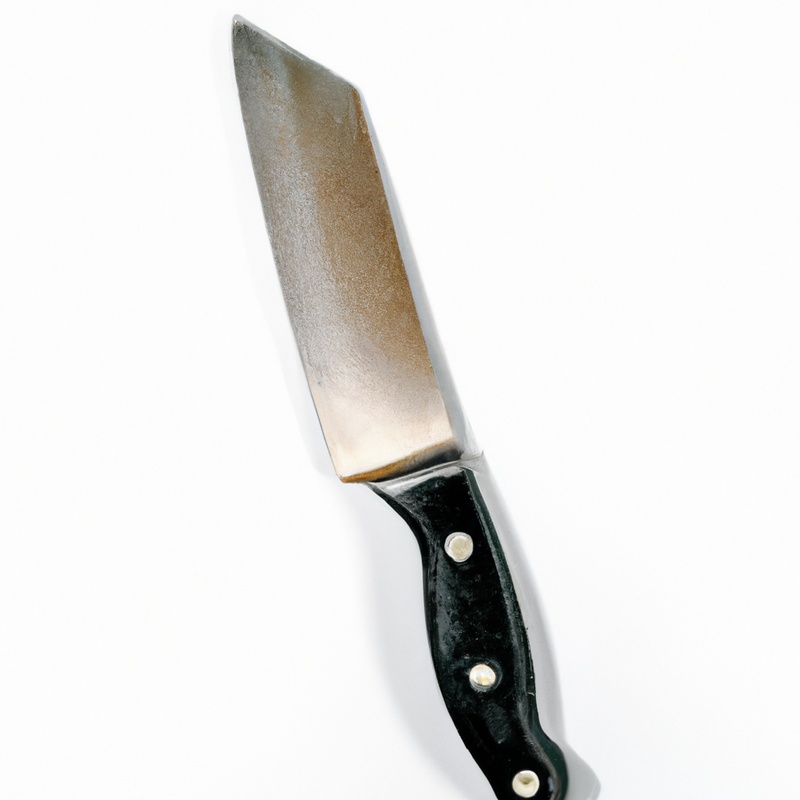
Trimming any remaining bones and fat from the fillets
After removing the bones using the pinbone technique, there may still be some small bones remaining in the fillets. Use fish pliers or tweezers to carefully remove any remaining bones.
Next, use a sharp fillet knife to remove any excess fat from the fillets.
This will result in a cleaner and more enjoyable eating experience. To do this, lay the fillet skin-side down and gently scrape the excess fat off with the fillet knife.
Be careful not to cut too deeply into the flesh, as this will result in a loss of meat.
Once you have trimmed off any remaining bones and fat, rinse the fillets under cold water and pat them dry with a paper towel. They are now ready to be cooked or stored for later use.
Properly storing and cleaning your fillet knife after use
Properly Storing and Cleaning Your Fillet Knife After Use: Cleaning and storing your fillet knife is crucial to prevent rusting, increase its lifespan, and save you money in the long run. After use, rinse your fillet knife with warm water and soap, making sure to remove any debris, blood, or flesh from the blade, handle, and sheath.
Dry it with a soft towel or cloth, and if needed, use a mineral oil to protect the blade from moisture and corrosion.
Store your fillet knife in a knife block, knife sheath, or a dry and secure drawer. Avoid storing it loosely in a drawer near other utensils to avoid damaging the blade or injuring yourself.
Lastly, always sharpen your fillet knife before use with a sharpening rod or stone.
A sharp blade ensures a precision cut, saves time, and minimizes wastage. Proper maintenance of your fillet knife ensures that it remains razor-sharp, hygienic, and safe to use.
Take care of your fillet knife, and it will take care of your delicious red drum fillets.
Tips for achieving restaurant-quality fillets at home
To achieve restaurant-quality fillets at home, follow these tips:
- Use a sharp fillet knife: A dull fillet knife can leave behind bones and make uneven cuts. Ensure that your fillet knife is sharp and in good condition before starting.
- Practice proper technique: To avoid wasting meat and ending up with uneven fillets, follow the correct filleting technique for red drum. Make sure you have a clear workspace and a stable cutting surface.
- Keep it clean: Sanitation is key when it comes to handling fish. Clean your workstation and wash your hands frequently to avoid cross-contamination.
- Remove all bones: Restaurant-quality fillets should be boneless. Use the pinbone technique to remove all visible bones from the fillets.
- Trim the fillets: Trim any remaining bones or fat from the fillets to ensure that they look and taste great.
- Don’t overcrowd the pan: When cooking your fillets, make sure not to overcrowd the pan. Overcrowding can result in uneven cooking and tough, rubbery fish.
By following these tips, you can achieve perfectly filleted, restaurant-quality red drum at home.
Common mistakes to avoid when filleting red drum
To avoid ruining the fillets while filleting red drum, it’s important to avoid the following common mistakes:
- Using a dull fillet knife – A dull blade will make it difficult to make clean cuts through the fish and increase the risk of injury.
- Starting at the wrong angle – Always start the first cut at a 45-degree angle towards the head of the fish to avoid cutting into the bones.
- Applying too much pressure – Avoid applying too much pressure when filleting red drum, this can cause the blade to slip and cut into the flesh.
- Not removing the bones properly – If you haven’t removed all of the bones correctly, a customer might bite into an unpleasant surprise.
- Discarding too much meat – Take your time and try not to leave too much meat on the bones or discard too much flesh.
Final Verdict
Filleting a red drum can seem like a daunting task at first, but with the right fillet knife and a few key techniques, achieving restaurant-quality fillets at home is entirely feasible. By following the steps laid out in this guide, you can avoid the common mistakes that often lead to subpar results, and produce fillets that are both delicious and visually appealing.
Remember to handle your fillet knife with care, and to properly clean and store it after use, to ensure it remains sharp and effective for future filleting endeavors.
With a little practice, you’ll be filleting red drum like a pro in no time. So next time you’re at the seafood market, don’t hesitate to pick up a red drum and give it a try.
Your taste buds (and perhaps your dinner guests) will thank you.

